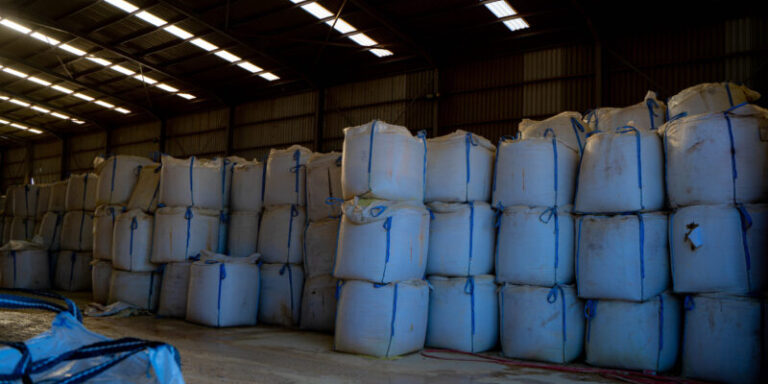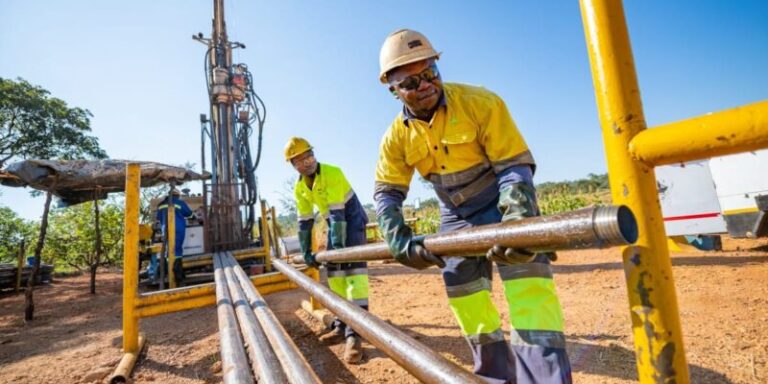
Global demand for cobalt is expected to outpace supply growth in the coming years, gradually eroding the current market surplus and pushing the market into deficit by the early 2030s, according to a new report by the Cobalt Institute, prepared by Benchmark Mineral Intelligence.
The shift is driven largely by the rapid expansion of the electric vehicle (EV) sector, which uses cobalt in lithium-ion batteries.
Cobalt demand is projected to grow at a compound annual growth rate (CAGR) of 7%, reaching 400,000 metric tons by the early 2030s—up from 222,000 tons in 2023.
EVs alone are expected to account for 57% of cobalt demand by 2030, up from 43% in 2024, while other segments like electronics, superalloys, and industrial applications will see more modest growth.
On the supply side, cobalt production is forecast to rise at a CAGR of 5%, with the Democratic Republic of Congo (DRC)—currently the world’s largest cobalt producer—expected to see its market share decline from 76% in 2023 to 65% by 2030.
This is due to the accelerated growth of Indonesian supply, which is projected to climb from 12% in 2024 to 22% by 2030.
The future of the cobalt market in the short term remains uncertain due to the DRC’s four-month export ban introduced in February 2024.
The ban was aimed at addressing a market surplus that pushed prices to a nine-year low. Since its imposition, cobalt prices have rebounded by 60% to $16 per pound.
In 2024, the cobalt market is in a surplus of 36,000 tons, equal to 15% of total demand, up from 25,000 tons in 2023.
However, if current demand trends persist—especially driven by EVs—this surplus is expected to narrow and eventually flip to a deficit in the next decade.






